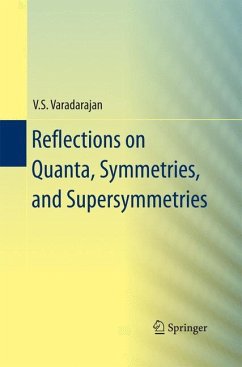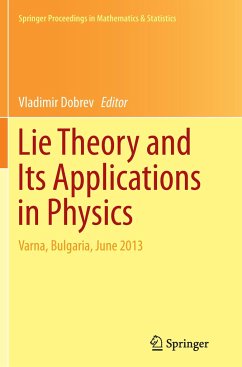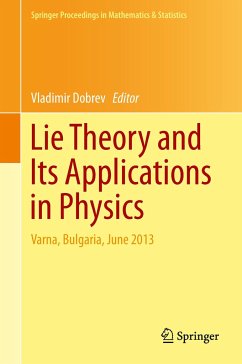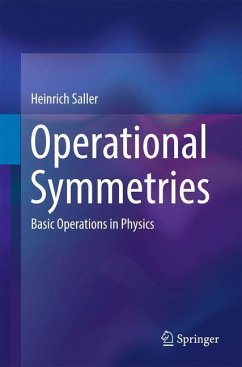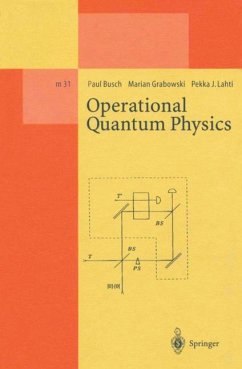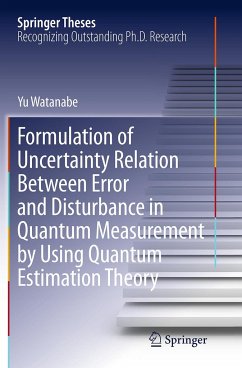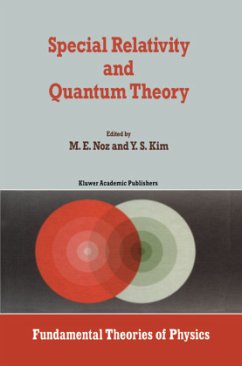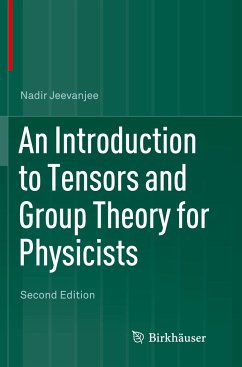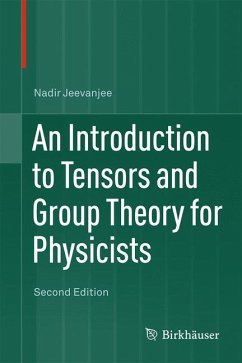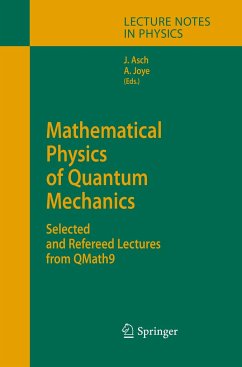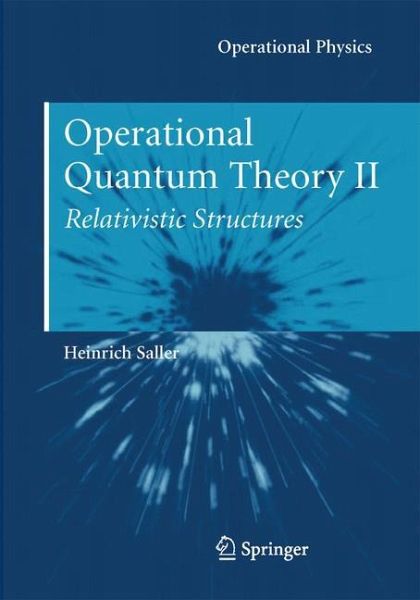
Operational Quantum Theory II
Relativistic Structures
Versandkostenfrei!
Versandfertig in 6-10 Tagen
113,99 €
inkl. MwSt.

PAYBACK Punkte
57 °P sammeln!
Operational Quantum Theory II is a distinguished work on quantum theory at an advanced algebraic level. The classically oriented hierarchy with objects such as particles as the primary focus, and interactions of the objects as the secondary focus is reversed with the operational interactions as basic quantum structures. Quantum theory, specifically relativistic quantum field theory is developed the theory of Lie group and Lie algebra operations acting on both finite and infinite dimensional vector spaces. This book deals with the operational concepts of relativistic space time, the Lorentz and...
Operational Quantum Theory II is a distinguished work on quantum theory at an advanced algebraic level. The classically oriented hierarchy with objects such as particles as the primary focus, and interactions of the objects as the secondary focus is reversed with the operational interactions as basic quantum structures. Quantum theory, specifically relativistic quantum field theory is developed the theory of Lie group and Lie algebra operations acting on both finite and infinite dimensional vector spaces. This book deals with the operational concepts of relativistic space time, the Lorentz and Poincaré group operations and their unitary representations, particularly the elementary articles. Also discussed are eigenvalues and invariants for non-compact operations in general as well as the harmonic analysis of noncompact nonabelian Lie groups and their homogeneous spaces. In addition to the operational formulation of the standard model of particle interactions, an attempt is made to understand the particle spectrum with the masses and coupling constants as the invariants and normalizations of a tangent representation structure of a an homogeneous space time model.
Operational Quantum Theory II aims to understand more deeply on an operational basis what one is working with in relativistic quantum field theory, but also suggests new solutions to previously unsolved problems.
Operational Quantum Theory II aims to understand more deeply on an operational basis what one is working with in relativistic quantum field theory, but also suggests new solutions to previously unsolved problems.





